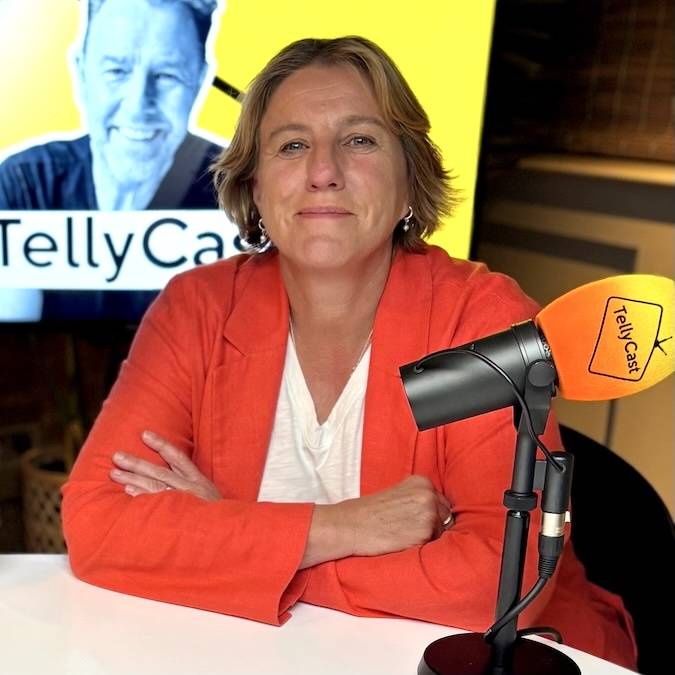Cristina Nicolotti Squires doesn’t mince words. “Public service media is an endangered species,” she told TellyCast this week. And while that may sound dramatic, for anyone working in digital-first video, it’s just confirmation of what’s been obvious for years: the UK’s traditional broadcasters are still dragging their feet when it comes to playing where audiences already are – and that means YouTube, TikTok, and the platforms that drive modern media culture.
As Ofcom’s Director of Broadcasting and Media, Nicolotti Squires has just delivered a six-point plan designed to prevent PSBs from fading into irrelevance. But much of it centres on something the digital-first sector has long embraced – platform-native thinking. “It’s not enough to make great content,” she said. “You have to put it where people are watching.”
Her headline recommendation? Public service broadcasters need to stop treating YouTube like a marketing tool and start treating it like what it actually is – the primary viewing platform for under-35s. “We’ve seen a 48% increase in over-55s using YouTube too. This isn’t just a youth play, it’s a national shift in behaviour.”
Channel 4, through its 4.0 initiative, was singled out as a model of what’s possible when broadcasters commit to building a real digital-first strategy. Rather than simply posting broadcast clips, C4 is commissioning content for YouTube – and seeing growth in both reach and revenue. “They’re not cannibalising linear,” Nicolotti Squires pointed out. “They’re creating something additive. And commercially viable.”
Resistance is no longer a strategy
But why have so many PSBs been slow to follow? Nicolotti Squires was blunt: “They didn’t want to give their content away. They treated YouTube as a trailer platform – a place to drive eyeballs back to their own players. That model doesn’t work anymore.”
It’s a stark contrast to what’s happening in the digital-first space, where independent studios and creator-led businesses have built loyal audiences and sustainable revenue by going all-in on platform-native content strategies. As Nicolotti Squires noted, “The competition isn’t just Netflix anymore. It’s the creator economy. And it’s winning on engagement, innovation, and speed.”
Platform parity and digital prominence
One of the most striking stats in Ofcom’s report: while PSB VoD players like iPlayer and ITVX account for 9% of all viewing, platforms like YouTube and TikTok now command 19%. Yet PSBs have no guaranteed visibility in those spaces.
“If content from PSBs is going to survive, it has to be discoverable. That means forging commercial and strategic partnerships with platforms – and not treating them like the enemy.”
To digital-first producers, this will feel like old news. But Nicolotti Squires sees it as part of a broader shift toward platform-neutral thinking – something she says is long overdue. “The broadcasters aren’t just competing with each other. They’re up against global tech giants with billion-dollar UX and data stacks. Collaboration might be their only way to compete.”
Digital-first studios: the invisible winners
The report says little about the independent digital-first sector. Asked directly whether the recommendations would support new studios and creator-led businesses, Nicolotti Squires was clear: “This report is focused on public service broadcasting. But we recognise the growth of the digital-first economy. These businesses are innovating. They’re reaching audiences. They’re important.”
For many in the social video space, it’s not just that PSBs are behind the curve – it’s that the real innovation is happening outside their walls, with indies who’ve built brands without legacy baggage. The concern is that any regulatory intervention might serve to prop up the old guard, rather than support the new economy taking shape online.
So… is it too late?
Nicolotti Squires doesn’t think so. “I’m a glass-half-full person. But we can’t wait. These platforms evolve fast. Our regulation has to keep up – or step aside.”
The uncomfortable truth for legacy media is this: YouTube is TV now. TikTok is where news breaks. And if the UK’s public broadcasters want a future, they’ll need to meet audiences – and creators – on their turf. Not someday. Now.





